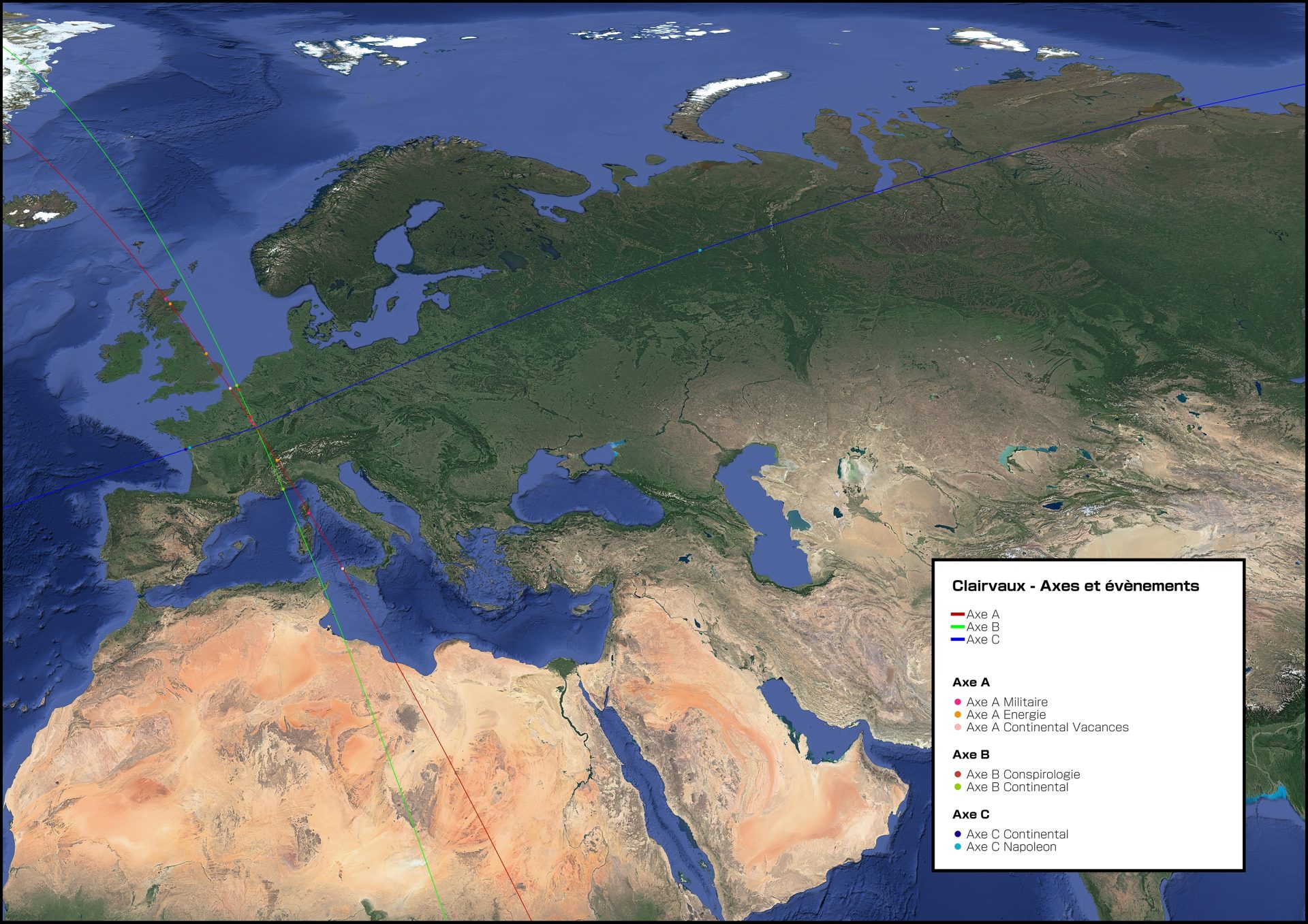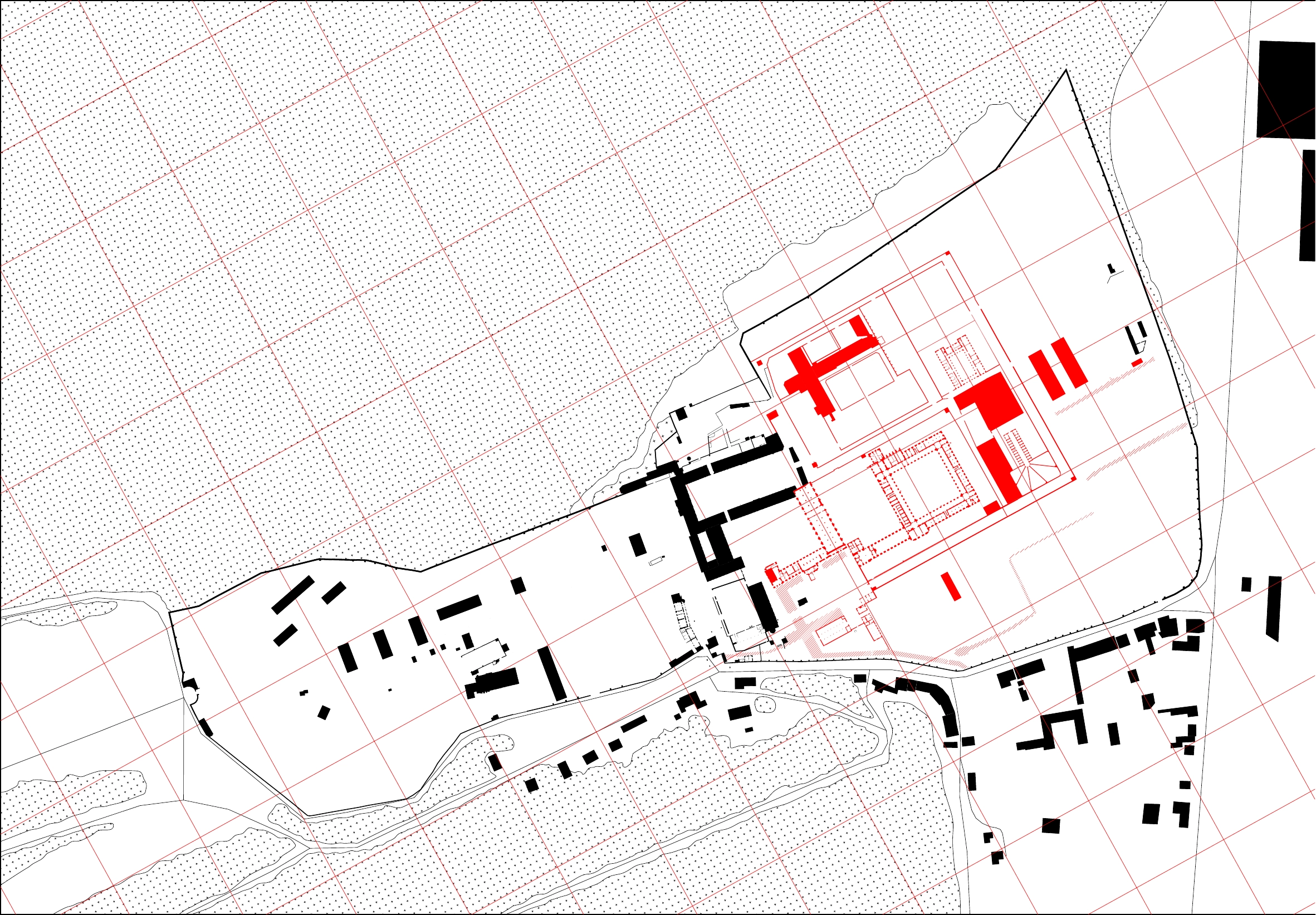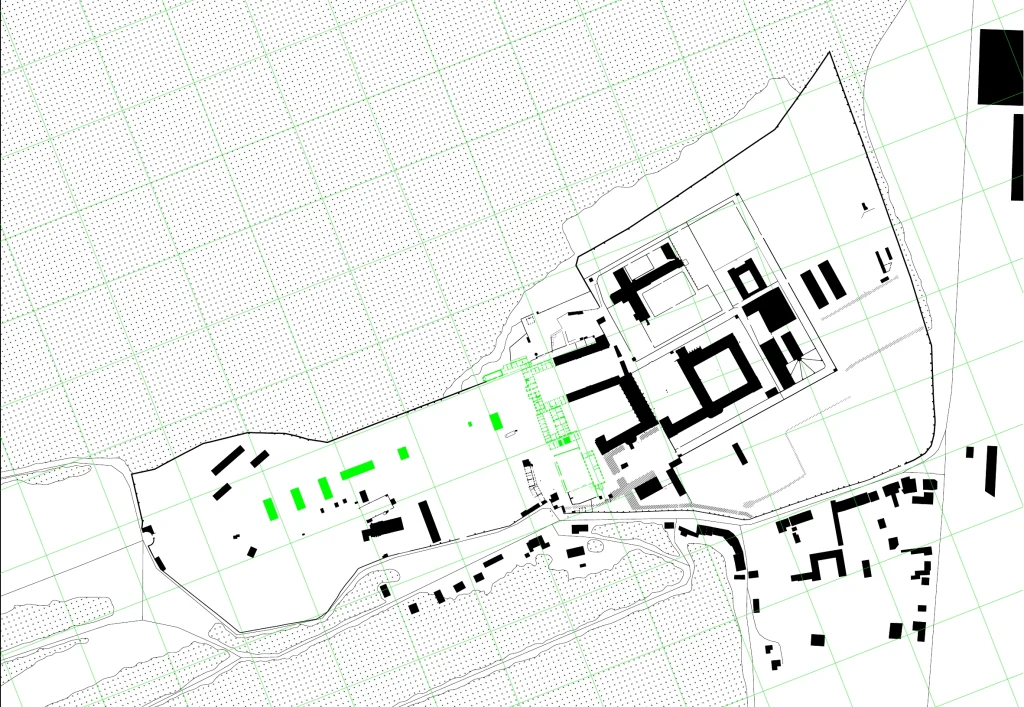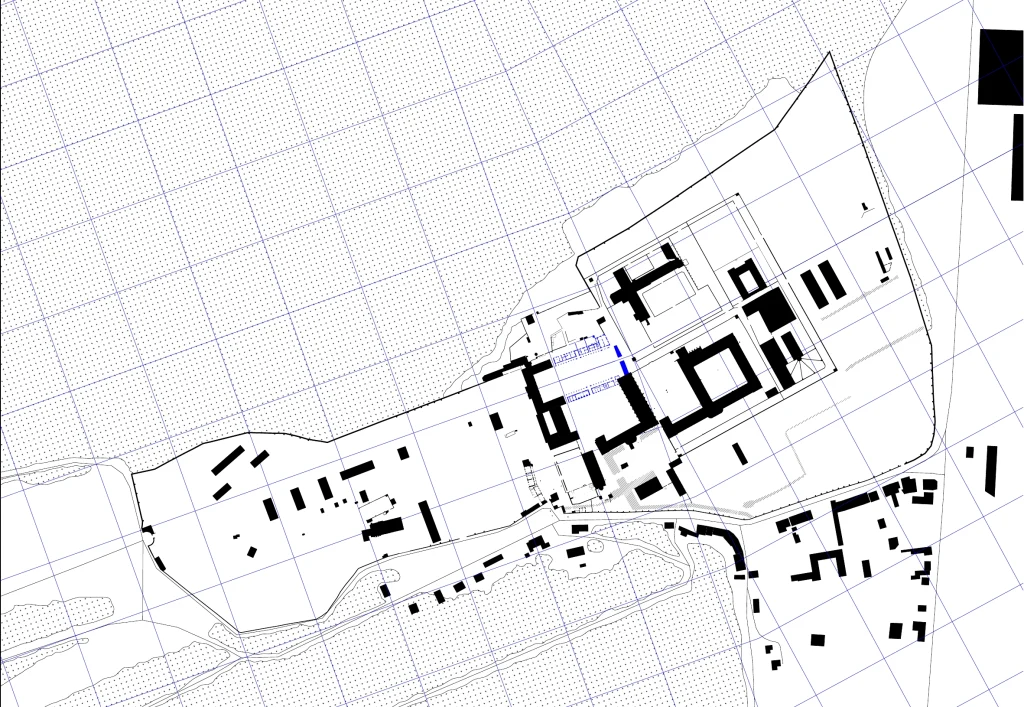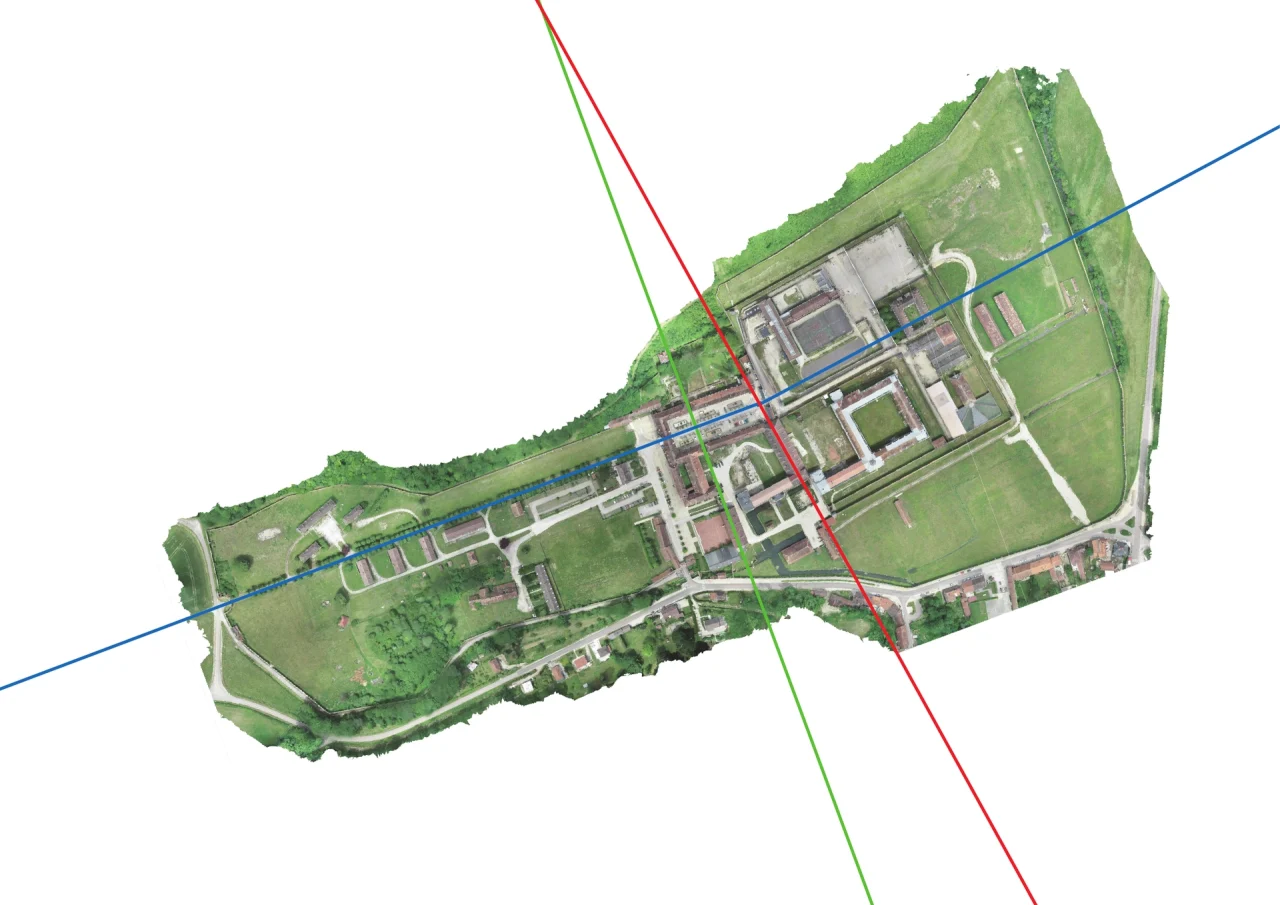
A poetic and historic way to bring life to the innanimate
Clairvaux. Worship, isolation, and life on 30 hectares. Then suffering, isolation and prison. Cut off from its genesis and through its subsequent use. As architects, not politicians, economists, or sociologists, we can’t invent a realistic future for this patrimony, but we can show its enormous potential to host all narratives. The goal is to imagine this place connected to both global and personal processes, especially those that have not been presented here before, the strange and the foreign.
To make Clairvaux converge, we focus solely on geometry, what is shown, and what is demonstrated. Ignoring the historicity of the site, which we considered a dead-end, is key for us to reimagine the spaces we work with. Dealing with history means being confined to a logic inherent to isolation, whether ecclesiastical or carceral. To dream of a future for a site so marked by the complex relationship between living conditions and habitat, we found that geometric logic and forming formal theories of relationships between buildings, views, paths, and boundaries was the most objective approach to begin dissecting this complex.
Applying spatial logic is akin to archaeology. But pushing this logic to the extreme, we don’t just appeal to archaeology but to conspiracy theories. This notion of reinvention and reinterpretation of the remains of a site, with subjective rules, sometimes allows humanity to reshape the meaning of symbols and significance. Re-sacralizing the sacred, finding a higher meaning in a site that already has its answers, is the goal that allows us to envision and glimpse something else.
Thus, we must grasp the exterior of an island that is decidedly resistant. We have traveled hundreds of kilometers in search of narratives. Following the directions updated by our initial research, traversing indicated paths, we read in the territories—sometimes different, sometimes twin—the land where Bernard of Clairvaux settled. What do the architectural typologies, diverse programs, boundaries, edges, and flows encountered during a long journey tell us?
What do they tell us about the past, the future, and the contemporaneity of a place that will outlive us? Conversely, what does such a peaceful, calm, and immutable place tell us about a world that now seems to signify the opposite, advocating speed, consumption, and constant overcommunication? A terrible anxiety and a wind of change weigh on the world, and the contrast between these troubled times—past and future—and the wise character of a massive complex is what we aim to explore in the present work.
